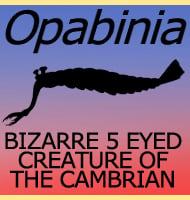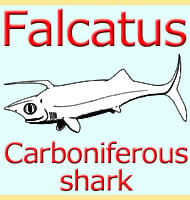In Depth
Makaracetus is a genus of protocetid whale that lived in Pakistan during the Eocene. The most notable feature of Makaracetus is the strange shaped snout which dips down, and may be a sign that Makaracetus had a proboscis, alternatively known as a trunk, that may have been similar to a tapirs. This was the inspiration for the name Makaracetus which means ‘Makara whale’. In Hindu mythology the Makara is an animal that is sometimes portrayed as half elephant and half fish.
Further Reading
- Makracetus bidens, a new protocetid archaeocete (Mammalia, Cetacea) from the early middle Eocene of Balochistan (Pakistan). - Contributions from the Museum of Paleontology, University of Michigan 31(9):197-210. - P. D. Gingerich, I. S. Zalmout, M. Ul-Haq & M. A. Bhatti - 2005.








